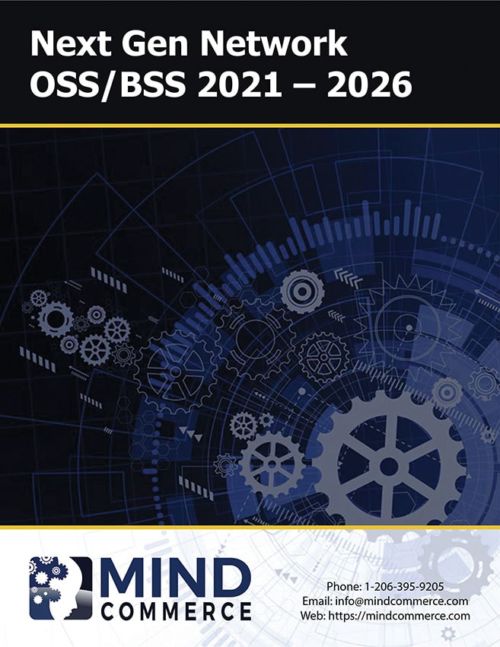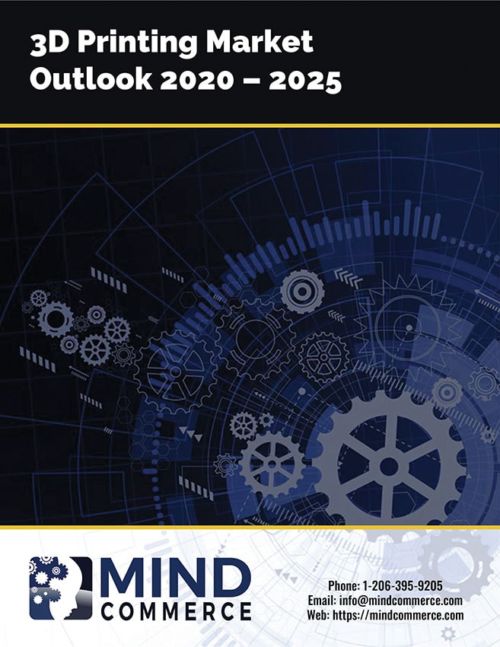Description
The vast majority of 5G service provider profits will result from the business market rather than the consumer segment. The latter will generate additional revenues, but margins will be very thin as compared to business segments including enterprise, industrial, and government sectors. Accordingly, the business to business (B2B) market is viewed as significantly more attractive than the business to consumer (B2C) market for 5G by Mind Commerce. We see the 5G business services market developing as communication service providers offer both B2B direct as well as B2B to business (B2B2B) through third party channels.
5G Business Services Market Dynamics
One of the primary 5G B2B market opportunities will be fixed wireless access (FWA) to enterprise and industrial customers as a complement (not a replacement) to cable, fiber and Ethernet. For certain situations, such as time sensitive networks that require ultra-reliability, 5G will be an alternative to other wireless options. However, WiFi 6 will be a viable option vs. 5G for indoor, driven by scenario specific issues such as existing wireless, solution requirements, and overall economics.
The 5G business services market will also be very important in support of private wireless networks for both fixed wireless WAN connectivity for business-owned networks as well as carrier turn-key solutions involving both 5G and edge computing deployments. Communication service providers will position turn-key offerings as a “future-proof” alternative to enterprise and industrial customer network ownership. Part of this turn-key value proposition is carrier managed services as opposed to the business customer managing in-house and/or hiring a third party for network and/or application management.
However, some business and government customers will indeed choose to deploy and operate their own private wireless networks, relying upon carriers in these scenarios only for network-as-a-service based WAN access to connect private wireless networks to the public network. For these use cases, enterprise and industrial customers will not require any other 5G business services market offerings. Instead, they will only require connectivity and communications with the public communications service provider (e.g., no computing) and may utilize their own computational infrastructure. In these scenarios, the enterprise or industrial customer will manage their own edge computing dependent apps, or more likely, hire their own third-party team to manage on their behalf.
Mind Commerce sees FWA and other 5G business services market solutions for enterprise, industrial, and government customers as much more profitable than consumer access such as wireless carriers acting as an alternative ISP. In fact, we anticipate FWA for business will be over 80% of total 5G access revenue through 2025. This is due to many factors including outdoor-to-indoor 5G penetration is problematic, major fiber buildouts are expected to cover most residential and SMB markets, and WiFi 6 will provide an efficiency and capacity boost for many implementations.
The 5G B2B market will also be very important for smart cities, arguably much more important than B2C smart city applications. By way of example, Mind Commerce sees 5G business services market comprised largely of point solutions like the aforementioned fixed wireless WAN connectivity for businesses. One very good example of a point solution is surveillance cameras as 5G will allow for placement virtually anywhere in an outdoor environment that there is line of sight with a 5G smart antenna.
Placement of cameras for monitoring activities is a dominant trend globally with eight out of the top ten cities in China. The other two in the top 10 are London and Atlanta. One acute example is Chongqing, which has about 2.6 million surveillance cameras covering roughly 15.4 million people. These cameras are used for more than just security. In fact, studies indicate that surveillance cameras do not have a high correlation to crime reduction. However, cameras are an important part of the social credit market infrastructure necessary to monitor non-criminal activities.
Looking beyond fixed wireless and WAN connectivity in general, it is important to note that 5G supports three distinct service categories as follows:
- Enhanced Mobile Broadband (eMBB): Mobile broadband based apps including video watching, browsing, mobile office/productivity, and cloud-based gaming.
- Ultra-reliable Low-latency Communications (URLLC): Augmented reality, virtual reality, telepresence (includes Holographic calling), teleoperation/tele-robotics, autonomous vehicles, UAV/drone operation, public safety, smart buildings and factories, and other latency-sensitive applications
- Massive Machine-type Communications (mMTC): 5G will facilitate a highly scalable M2M network for many IoT applications, particularly those that do not require high bandwidth.
The eMBB category consists largely of consumer and SMB based applications. Mind Commerce sees this as a top-line revenue opportunity for communication service providers, but will provide very thin margins in terms of profitability. However, other players within the ICT ecosystem will benefit such as OTT service providers offering apps such as cloud gaming. Due to limitations of 5G continuous coverage, end-users will have very low latency and high bandwidth in some areas, but need to handover to LTE at the margins of coverage. In some of these scenarios, communication service providers will largely earn B2B2B revenue from related 5G business services market offerings such as edge computing-as-a-service in support of OTT player applications.
The mMTC category is one that the carriers will push hard to overtake non-cellular Low Power WAN (LPWAN) IoT solutions. 5G will optimize carrier IoT networks by way of radio frequency management that meets the needs of both narrowband IoT applications as well as those that require higher bandwidth, which may be on an on-demand basis. In addition, carriers will have the ability to bundle with other 5G business services market offerings in a manner in which non-cellular IoT network providers cannot. In addition, carriers may leverage a unique combination of LPWAN with higher bandwidth for combined telemetry and telematics solutions for enterprise, industrial, and government customers.
Support of URLLC applications is a very important area for 5G. Mind Commerce sees this as a portable service opportunity due to coverage issues. This means that services such as virtual reality will not be truly mobile in a seamless manner. This means that certain URLLC consumer applications will have limited utility with 5G as compared to the ubiquitous coverage of LTE. However, the use of 5G for time sensitive networks and critical communications within a defined area with clear boundaries (such as a factory environment, enterprise campus, etc.) will be a very important solution area for carriers.
Purpose-built B2B Service Operations to Realize Substantial Growth within the 5G MVNO Market
The aforementioned capabilities are enabled via substantial improvements in reliability, latency, bandwidth and the capacity to support highly scalable networks with much greater efficiency and effectiveness. These improvements will allow MNOs to share network resources to an unprecedented degree, facilitating a highly robust 5G business service market for MVNOs. Some of this 5G B2B focus will be purpose-built networks and services such as IoT-specific, data-only, and fixed wireless-oriented communications service providers within the 5G MVNO market.
5G Business Services Market Report
This report evaluates the 5G business services market including solutions for enterprise, industrial, and government users. It addresses specific opportunities such as 5G support of private wireless networks, WAN connectivity, and fixed wireless access for business. It also provides analysis for specific applications such as autonomous vehicles, telepresence, tele-robotics, video-related services, public safety and more.
The report also assesses the 5G business service market for indoor solutions, smart cities, and satellite-based services as well as the impact of 5G on the data analytics and data-as-a-service market. The report provides forecasts for both 5G business services market revenue as well as user projections from 2021 to 2026.






